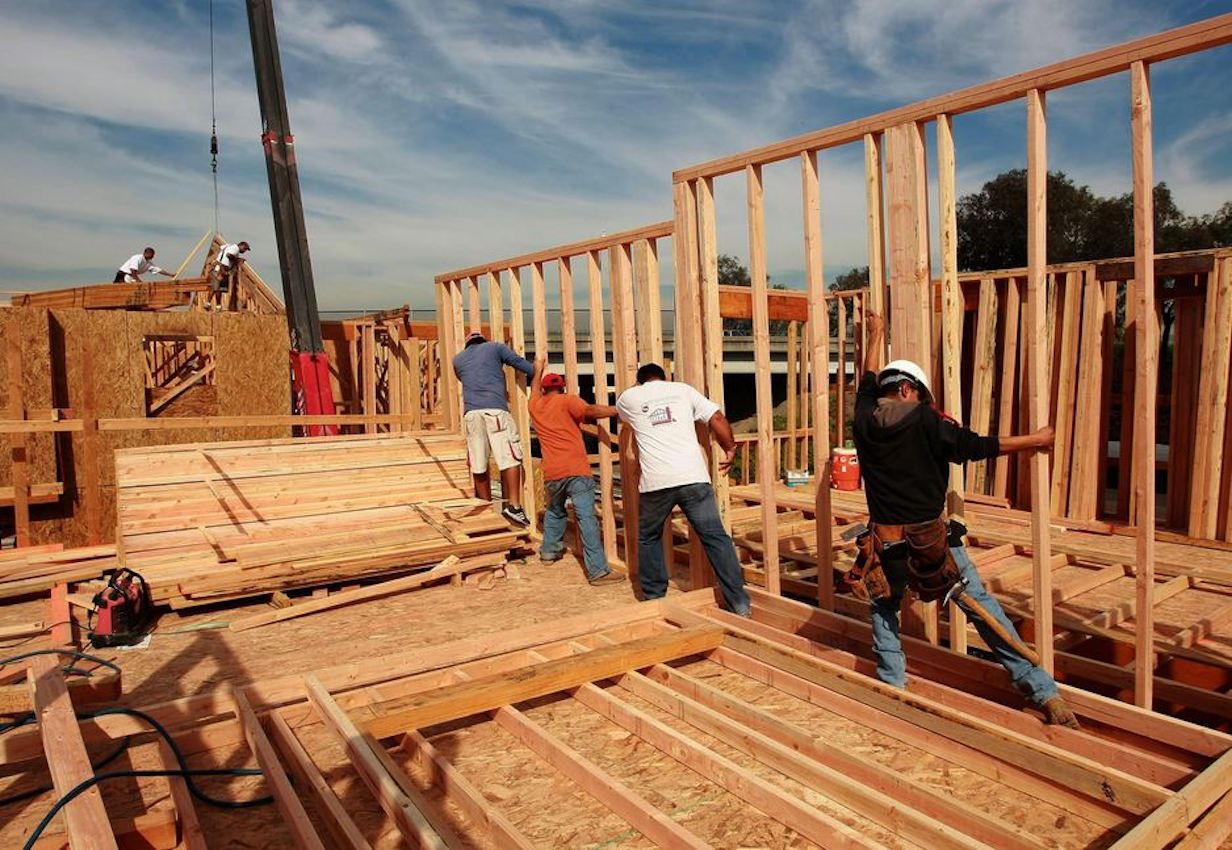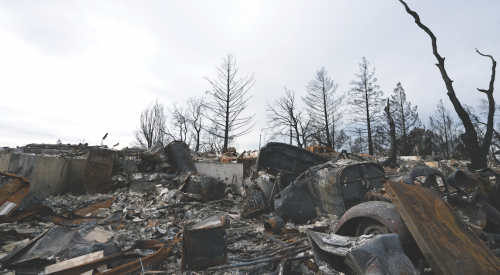Wildfires on the West Coast. Hurricanes in the Southeast. It seems every day another natural disaster is in the news. According to the National Oceanic and Atmospheric Association (NOAA), since 2016 through this year, there have been 75 natural disasters causing at least a billion dollars or more in damages in the US. These disasters leave communities in shambles, with hundreds or thousands of homes in need of rapid repair.
When funding large-scale renovation or repair projects, government agencies often use job order contracting, or JOC. This method of awarding construction work allows qualified, available contractors to get to work quickly while keeping agency costs in check. JOC is common in public building projects and has been for many years. Homebuilders looking for a piece of the burgeoning disaster relief market can experience similar benefits by educating themselves in this method of project delivery.
What is JOC?
JOC is unique. Instead of awarding a contract for every job, the funding agency awards a single contract that includes many small, straightforward projects. For example, let’s say a flood washes out a city’s riverfront neighborhood. The city applies for and receives emergency funds to help homeowners begin repairs. Evaluating the damage to every home and putting each project out to bid is impractical; people want to repair or rebuild and move back into their homes. A drawn-out process will be both inconvenient and politically damaging.
Through JOC, the city creates a unit price book. From the funding agency's perspective, this book is similar to a to-do list. It includes drywall repair, painting, mold remediation, floor repair—every type of project that might be involved in repairing homes damaged by the flood. Each line item is priced based on the market cost of labor and materials.
For builders, the list is something like a catalog. They review the book and bid a coefficient to cover their cost of business. For example, if a contractor is awarded the job after bidding 35% on the price book, that contractor will receive $135 for performing a $100 line item. Once the contractor completes work on one home, they submit a proposal for the next. Since the scope and costs are already set, negotiation time is minimal before the contractor gets the work order and can move ahead.
Most JOC contracts are for a year or more, resulting in steady, predictable income for months at a time
Why use JOC in disaster recovery?
In the immediate aftermath of a natural disaster, nobody really knows the extent of the damage. But they know it exists and needs to be addressed as quickly and cost-efficiently as possible. After Hurricane Sandy in 2012, for example, there was no way to efficiently bid out 15,000 or so different contracts to get every building repaired. So disaster relief agencies, using JOC, divided New York into geographic regions and assigned each region a unit price book. This process allowed contractors who were awarded the work to get to work quickly without spending a lot of time on price or other negotiations.
Unlike bidding on specs or drawings in a design-build scenario, contractors engaged in a JOC project have a voice in developing the scope. In a scope meeting, the contractors, architect, and funding agency walk job sites together and determine what kind of work needs to be done. The contractors discuss the scope of work and negotiate the job order cost. An agreement among the contractor, government agency, and the homeowner is signed, with each task priced based on the price book and the contractor’s coefficient. Once everything is settled, the contractor receives the work order and notice to proceed.
If this seems complicated, it’s not. In fact, in a 2016 study, researchers with Arizona State University and the Center for Job Order Contracting Excellence found 87 percent of projects delivered through JOC were delivered on time and 91% were on budget, far better than a typical design-build project. What’s more, contractors operating from a well-defined scope and clear unit price book reported a 21% savings on their own costs.
Know before you bid
Before bidding on a JOC contract, builders need to understand it is a long-term commitment. Most JOC contracts are for a year or more, so they fly in the face of the “get-in-get-out” mindset that pervades construction work. On the plus side, that commitment means steady, predictable income for months at a time as builders move from house to house within the same contract.
Instead of bidding on a single, large job, companies are essentially bidding on a package of smaller jobs. A contractor who misses line items like dumpsters or subfloor on his proposal for one house can learn from his mistake and make sure he includes those items on the next work order proposal. Because all the line items are in writing up front, there is no worry about losing a job over line items or change orders.
Key to a successful JOC bid is understanding the unit price book. These books typically have more than 10,000 line items, and the bidder needs to have a clear picture of the project scope to know which items to include in the proposal.
For government agencies funding disaster relief projects, JOC is the ideal project delivery method. During Hurricane Harvey, Harris County, Texas relied on its trusted JOC contractors to execute on more than 80 projects in less than 14 days. No other construction delivery system allows work to begin so quickly. The straightforward and transparent nature of the system also helps both contractors and agencies keep costs above board and under control.
While JOC is well established in public building projects, it may seem foreign to many builders of privately funded residential projects. But once JOC opens the door to bidding on disaster relief projects, savvy home builders can see a great payoff in terms of controlled costs and steady income.
Sudersan Vassen is a Certified Construction Manager, (CCM) and has more than 12 years’ experience in the construction industry. He has been involved in a wide variety of new construction and renovation projects for multiple state and federal government agencies in the U.S. Additionally, he holds a Master’s degree in Civil Engineering from Texas A&M University. For more information, please email sudersanvassen@gmail.com.









